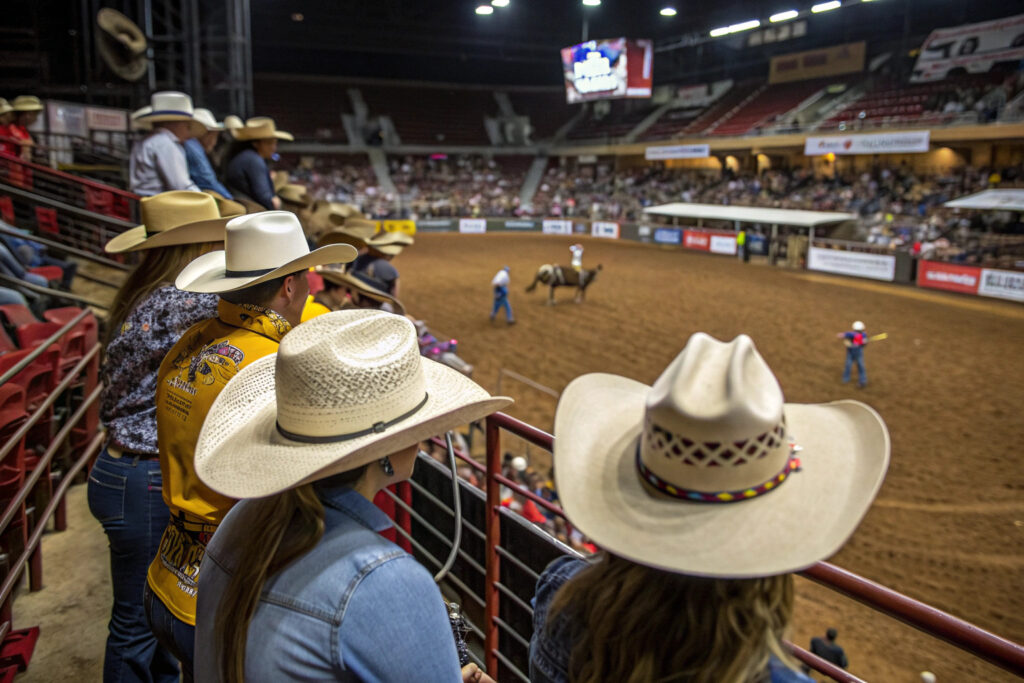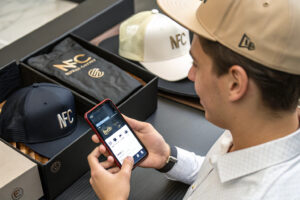Rodeo events represent a unique market where tradition meets extreme performance requirements. Standard cowboy hats often fail under the demanding conditions of rodeo sports, leaving riders with inadequate protection and compromised style. The challenge lies in creating headwear that honors Western heritage while withstanding the physical demands of rodeo competition and appealing to both participants and spectators.
Successful custom cowboy hats for rodeo events must balance authentic Western aesthetics with rugged performance features, including reinforced structures, secure fit systems, and appropriate material selections that withstand dust, impact, and weather elements while maintaining their shape and appearance. The design process requires understanding rodeo-specific activities, safety considerations, and the cultural significance of cowboy hats within rodeo communities.
This comprehensive guide explores the design elements, material requirements, customization strategies, and manufacturing considerations that transform traditional cowboy hats into specialized rodeo equipment that performs as impressively as it looks.
What structural elements define rodeo-appropriate cowboy hats?
Rodeo activities demand specific structural features that differentiate competition-ready cowboy hats from fashion versions. Understanding these critical elements ensures designs meet both functional requirements and cultural expectations.
Key structural elements include reinforced crown construction, appropriate brim dimensions, secure fit systems, and weight distribution that maintains stability during rapid movement while providing essential protection from impacts and environmental factors.

Why is crown reinforcement crucial for rodeo hats?
Rodeo activities subject hats to exceptional stresses that standard constructions cannot withstand. Reinforced crowns utilize additional crown tip layers, internal support bands, and specialized blocking techniques that prevent collapse during impacts or when grabbed. The most effective designs incorporate fiberglass or flexible polymer reinforcement between felt layers, creating structural integrity without compromising the traditional appearance. For bull riders and rough stock competitors, this reinforcement can mean the difference between a hat that maintains its shape during a dismount and one that requires expensive reshaping after every run. This hidden performance feature separates rodeo-quality headwear from decorative alternatives.
How do brim dimensions affect rodeo performance?
Brim dimensions significantly impact both protection and practicality in rodeo environments. The ideal rodeo hat features a brim measuring 3.5-4 inches, providing shade and facial protection without obstructing vision during competition. According to Western wear standards, brims should feature a slight upward curve at the sides to maintain peripheral vision while offering a steeper front dip for sun protection. The brim must resist flopping during rapid head movements yet remain flexible enough to absorb impact without breaking. Internal wire reinforcement allows custom shaping while maintaining the stiffness needed to withstand wind and movement—a critical consideration for barrel racers and other speed event participants.
Which materials withstand rodeo conditions?
Rodeo environments present unique challenges including dust, moisture, impact, and prolonged sun exposure. Material selection must address these factors while maintaining the authentic appearance expected in Western sports.
The most durable materials for rodeo cowboy hats include premium fur felts, reinforced straws, and technical fabric blends that offer weather resistance, shape retention, and easy maintenance under demanding conditions.
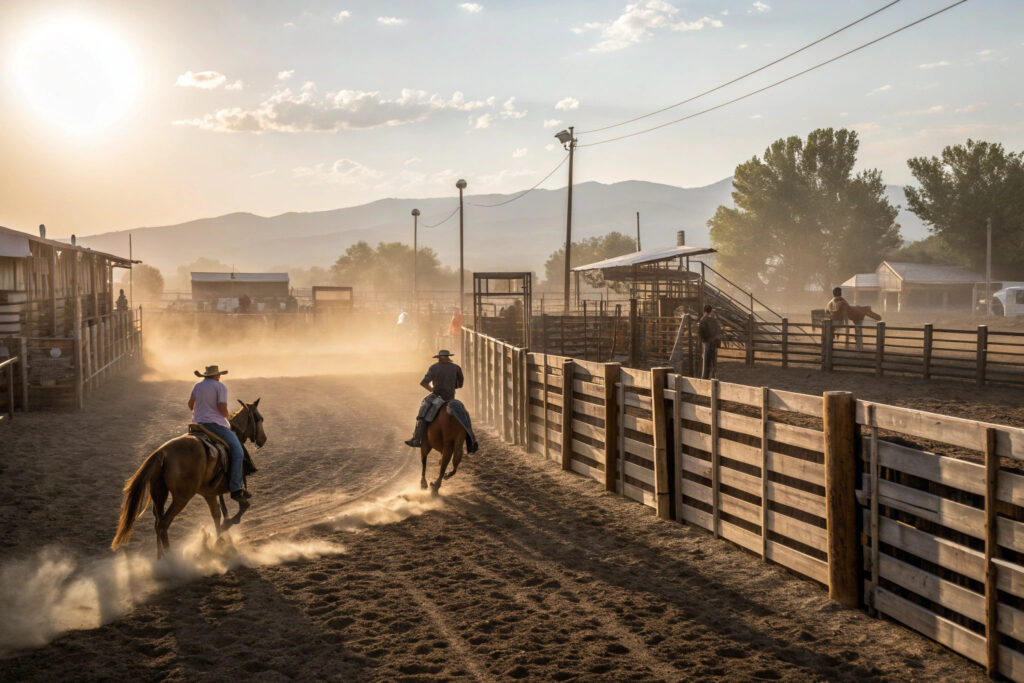
Why do premium fur felts outperform wool alternatives?
Premium fur felts, particularly those made from beaver or beaver-blend furs, offer superior durability and weather resistance compared to wool felts. The denser fiber structure of fur felts provides natural water resistance, better shape memory, and increased resistance to crushing and abrasion. For rodeo participants who invest in quality headwear, the additional cost of fur felt translates to longer service life and consistent appearance despite exposure to arena dust, occasional rain, and handling. The material's inherent properties also allow for more precise creasing and shaping, enabling personalized styles that maintain their definition through active use.
When are reinforced straw hats appropriate for rodeo?
Reinforced straw hats provide excellent ventilation and lighter weight for summer rodeos and warmer climates. The highest quality parasisal and toquilla straw constructions feature tightly woven patterns with synthetic reinforcement threads that prevent unraveling and maintain brim integrity. For rodeo queens, announcers, and spectators who require style and comfort during extended outdoor events, reinforced straw offers the traditional Western look with enhanced durability. However, for rough stock competitors, felt remains preferable due to its better impact absorption properties. Understanding these material applications ensures appropriate hat selection for different rodeo roles and conditions.
What customization options resonate with rodeo culture?
Customization transforms standard cowboy hats into personal statements that reflect rodeo participants' identities, achievements, and affiliations. Successful customization balances personal expression with respect for Western traditions.
Effective customization includes crease patterns with specific meanings, band selections that denote accomplishments, embellishments that withstand active use, and subtle branding that acknowledges sponsors without compromising the hat's traditional appearance.
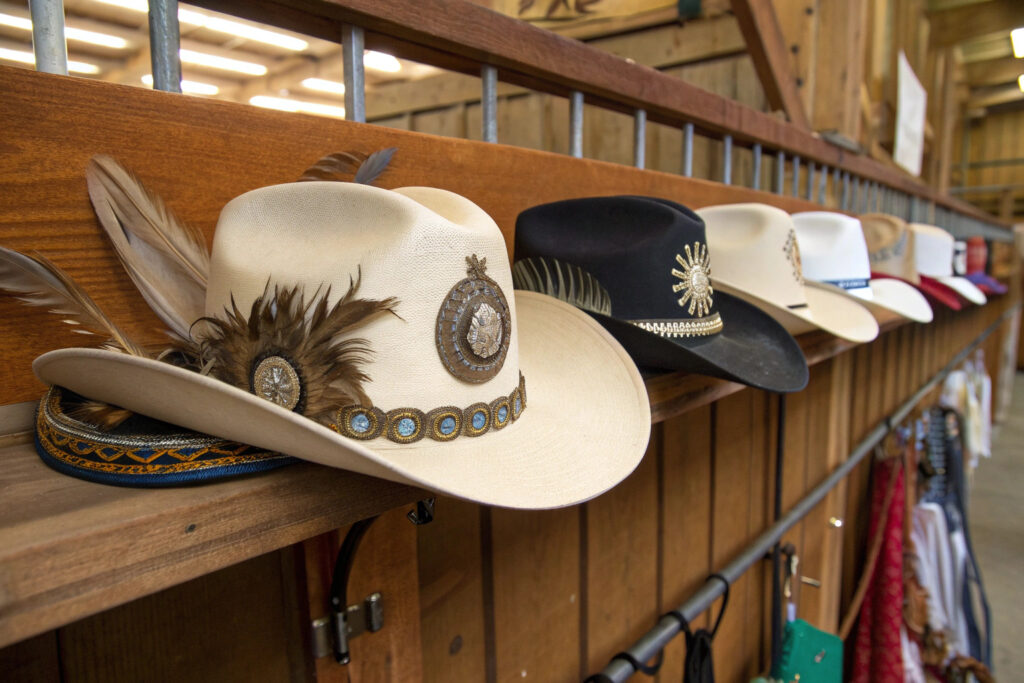
How do crease patterns communicate rodeo identity?
Crease patterns serve as visual language within rodeo culture, communicating specific meanings and affiliations. The cattleman crease with its three distinct dents remains the most traditional choice, while the gambler style with its lower crown and wider brim appeals to older competitors and officials. Bull riders often prefer the rodeo crease—a modified version with a higher front and deeper side dents that provides better clearance during rides. Each crease pattern affects the hat's functionality and cultural signaling, making this customization element both practical and symbolic. Understanding these nuances ensures designs align with the wearer's rodeo role and personal style preferences.
What band and embellishment choices work for active use?
Hat bands and embellishments must withstand the rigors of rodeo participation while maintaining their appearance. Leather bands with tooled designs offer durability and Western authenticity, while horsehair bands provide movement and visual interest without adding significant weight. For competitors, secure attachment methods prevent loss during events, with many opting for glued and stitched combinations rather than simple friction fits. Conchos and other metal elements should feature anti-tarnish coatings and secure backing systems that prevent snagging or loss. These practical considerations ensure customizations enhance rather than compromise the hat's functionality during competition.
How to ensure proper fit for rodeo activities?
Secure fit proves critical during rodeo events where hats must remain positioned through rapid movements, wind exposure, and potential impacts. Standard fit approaches often fail under these demanding conditions.
Optimal fit solutions include precise sizing systems, secure yet comfortable retention features, and adjustment options that accommodate different hairstyles and helmet integration needs for specific rodeo disciplines.
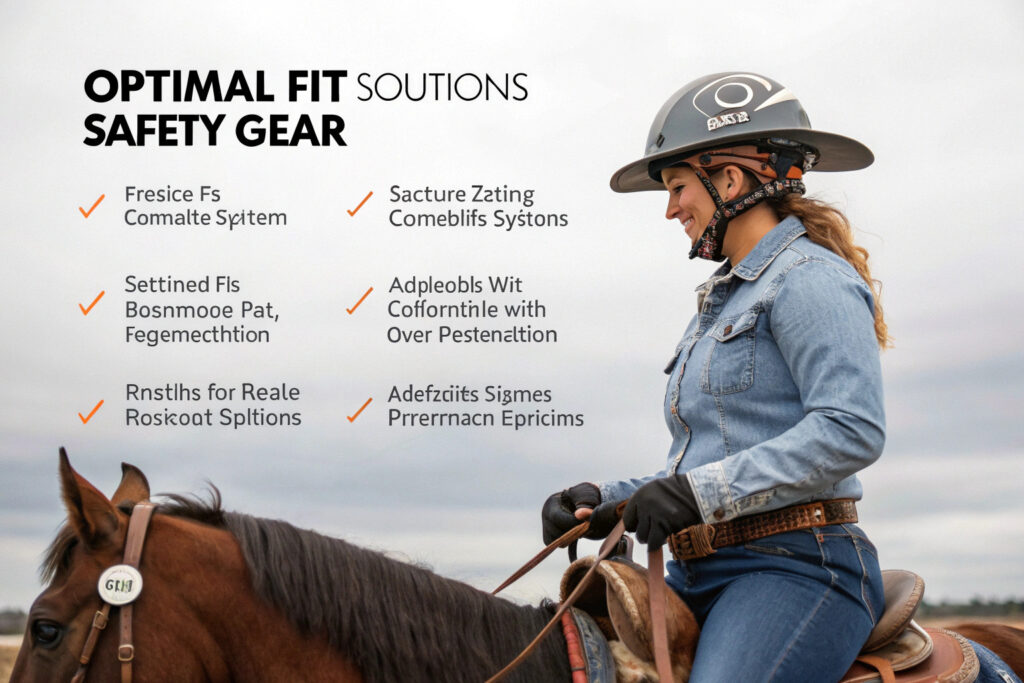
Why are multiple sizing points crucial for rodeo hats?
Rodeo hats require precise fitting at multiple points to prevent displacement during activity. Beyond standard circumference measurements, proper fit considers crown depth, forehead angle, and brim spring (the distance between the side brims when the hat sits level). The most accurate fitting systems use combination sizing that addresses both circumference and oval/round shape variations. For competitors, this precision prevents the constant adjustments that distract from performance while ensuring the hat doesn't create pressure points during extended wear. Many custom hatters create personal fitting templates for serious competitors, ensuring consistent fit across multiple hat orders throughout their careers.
What retention systems work best for active rodeo use?
Retention systems must secure hats without compromising comfort or safety. The traditional stampede string remains the most effective solution for rough stock riders and speed event participants, with modern versions incorporating breakaway features for safety. For less intense activities, silicone grip strips inside the sweatband provide additional security without visible external components. The best systems allow quick release when necessary while maintaining position during normal movement—a balance that requires careful design and placement. Understanding the specific retention needs of different rodeo events ensures appropriate system selection for each application.
Conclusion
Designing custom cowboy hats for rodeo events requires balancing authentic Western aesthetics with performance-enhancing features that withstand the unique demands of rodeo sports. The most successful designs honor tradition while incorporating modern materials and construction techniques that provide competitors with both the appearance they desire and the performance they need.
At Global-Caps, we understand the specialized requirements of rodeo headwear, combining traditional hat-making techniques with performance-focused enhancements. Our custom cowboy hats meet the demands of rodeo professionals while appealing to spectators and Western fashion enthusiasts. If you're looking for rodeo headwear that performs as impressively as it looks, contact our Business Director Elaine at elaine@fumaoclothing.com. Let us help you create custom cowboy hats that honor Western heritage while meeting the rigorous demands of rodeo competition.
